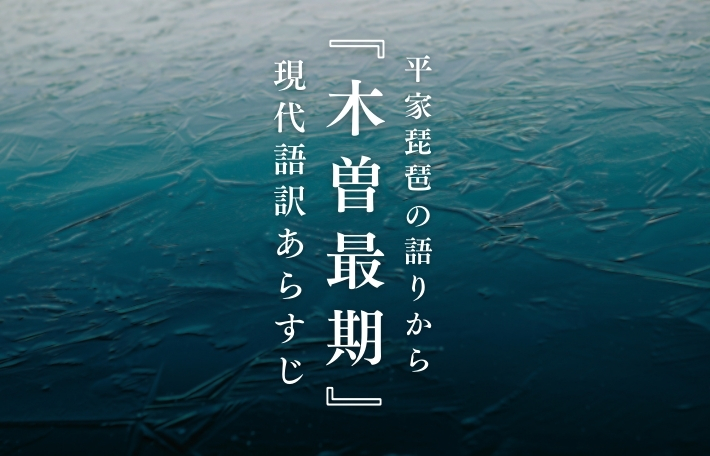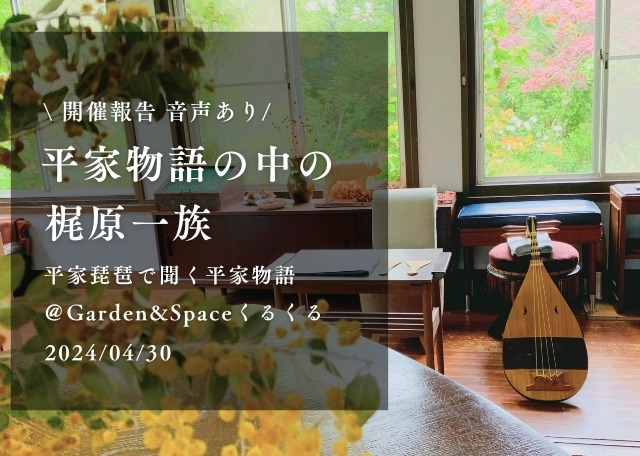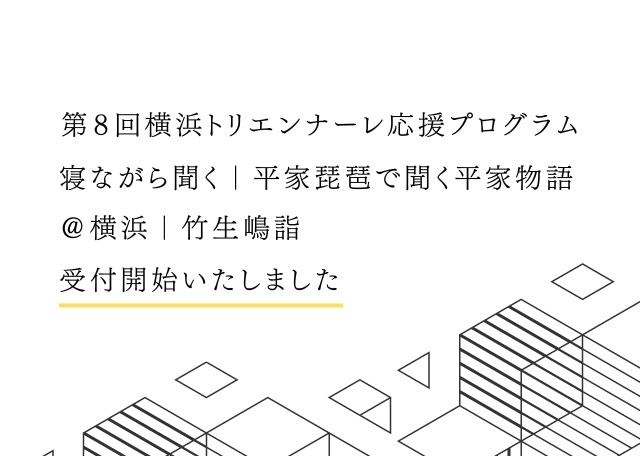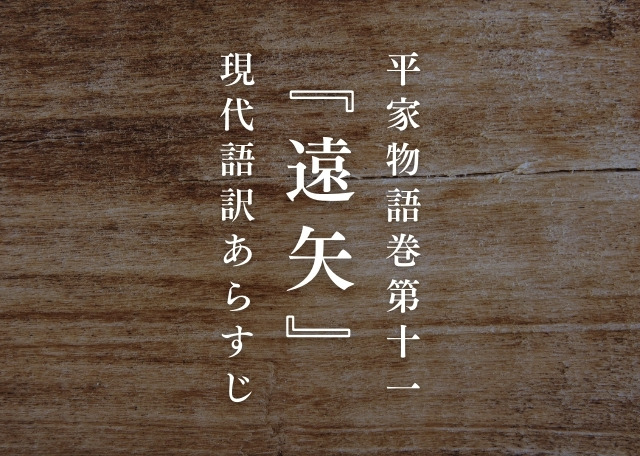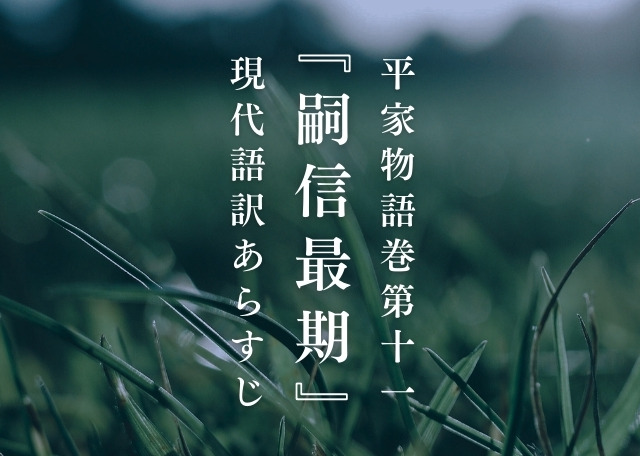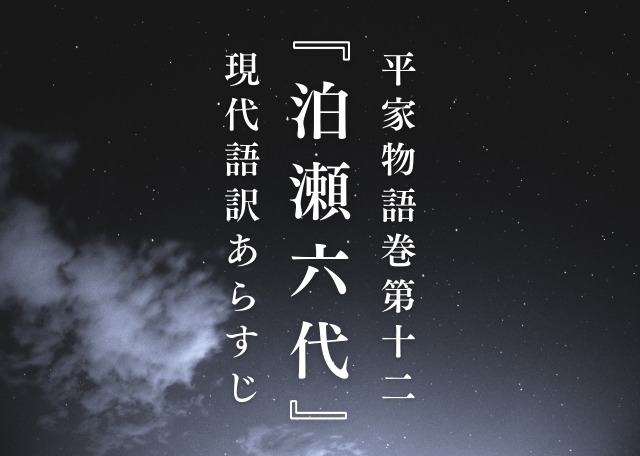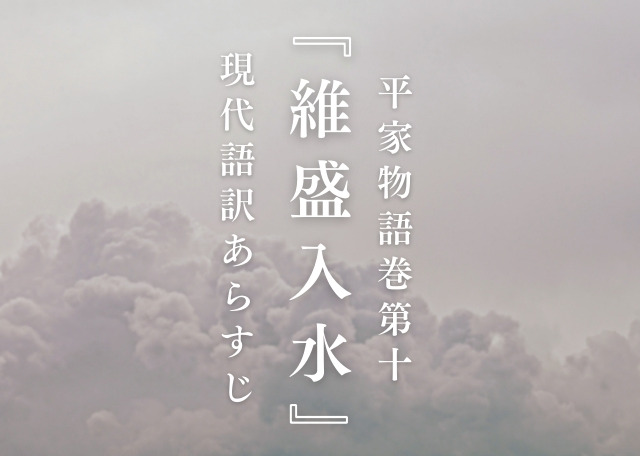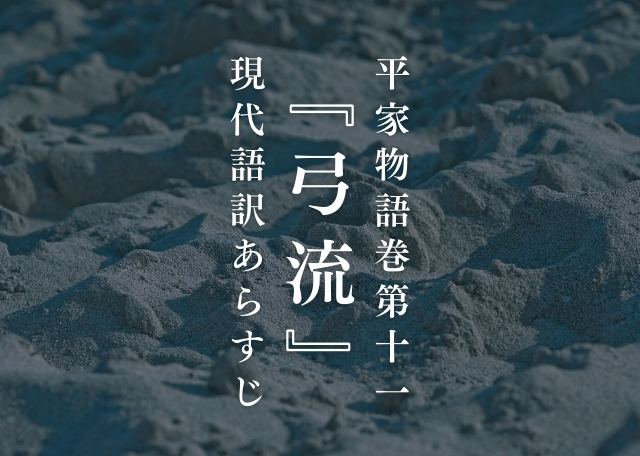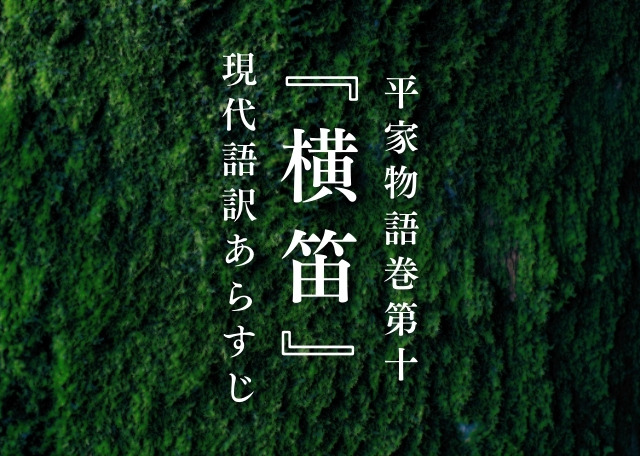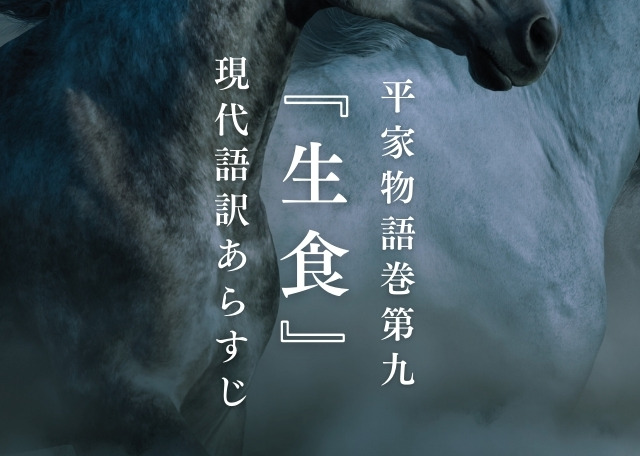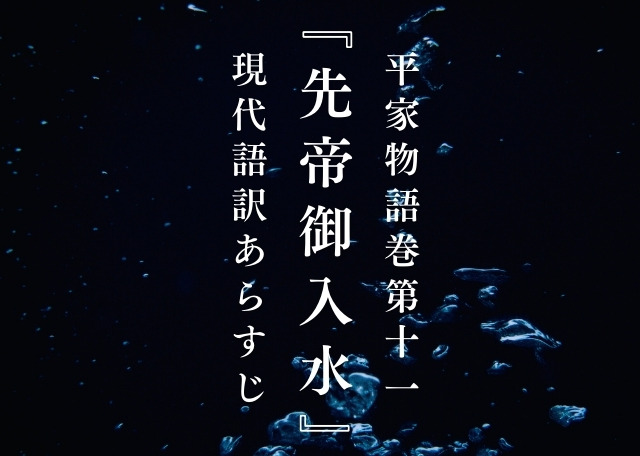Welcome to our site.
Thank you to everyone who has come here from studying old Japanese texts, reading the Tale of the Heike, or researching Kiso Yoshinaka. This is the website of MORINORI, which holds small Heikyoku (a performance of the Tale of the Heike accompanied by Heike biwa) concerts and lectures.
About us
https://morinorijapan.com/about/
List of modern translations of the Heike Monogatari (Tale of the Heike)
(These are modern translations of the text transcribed from the Heikyoku score)
https://morinorijapan.com/category/tale-of-the-heike/
Contents of this page
This page introduces the synopsis of “Kisosaigo”, one of the most famous episodes from the Tale of the Heike, and the Heike biwa narrative. It is a poor translation, but it delves into the appeal and expression of the Tale of the Heike from the perspective of someone telling the story using Heike biwa, while also mixing in modern Japanese translations. Also, in the second half, we introduce the Heikyoku “Kisosaigo” performance and the biwa. If you are interested, please take a look.
Background to the story of ‘Kiso Saigo
Kiso Yoshinaka, who raised an army in Shinano Province, drove the Heike clan from the capital, but his reputation in the capital was not good. Because there were many people who disliked Yoshinaka and his army, MinamotonoYoritomo dispatched Yoshitsune and Noriyori to hunt him down.
Summary of the Modern Translation of “Kiso Saigo
Kiso Yoshinaka is cornered down to his last five horsemen. Yoshinaka urges Tomoe, a female warrior, to escape quickly, but she does not leave. Then, OndahachirouMoroshige appears, and Tomoe puts up a final fierce battle. The only one who remained by Yoshinaka’s side was Imai Shiro Kanehira. Yoshinaka tried to die with him, but Kanehira tearfully urged him to head for Matsubara. Kanehira fights hard to buy Yoshinaka some time to kill himself, but on the way to the pine grove, Yoshinaka’s feet get caught in the thin ice on the deep water and he is beheaded by the retainers of Ishida Jiro Tamehisa. When Kanehira learns of this, he stops fighting and jumps off his horse, holding his sword in his mouth.
The flow of the Heikyoku “Kiso Saigo” as told through Heike biwa
The Heikyoku “Kiso Saigo”, which is performed to the accompaniment of Heike biwa, tells the story of the Heike Monogatari, and begins with a description of Tomoe accompanying Kiso Yoshinaka as he leaves Shinano. Yoshinaka, who has joined up with Imaishi Shiro Kanehira at Uchidehama in Otsu, says to Kanehira, “How have you been able to escape so far by showing your back to so many enemies because you are unsure of where you are going?”, and Kanehira replies, “I was also going to die in the battle of Seta, but I was able to escape so far by showing my back to so many enemies because I was unsure of where you were going.”
After that, he rides into the army of Kai Ichijōjirō with about 300 horsemen. Here, Yoshinaka’s clothes, his loud voice as he introduces himself, and the appearance of the army are powerfully described. Yoshinaka urges Tomoe, who is now down to just five horses, to leave, and Tomoe shows her final military prowess against Onda Hachiro Shigehira before leaving for the eastern provinces. Here, the scene of Tezuka Taro, who remains with them, being killed in battle and the fall of Tezuka’s chief priest is quietly described.
After that, Yoshinaka’s words are spoken to the accompaniment of a tune that expresses the situation of the two men, Yoshinaka and Kanehira. “The armor that I don’t think anything of on a daily basis feels heavy today.” While encouraging Yoshinaka, Kanehira tells him that there are still arrows left in the quiver, and urges him to kill himself while he buys time with those arrows. Yoshinaka tries to make his horse run, saying, “Rather than being killed in several places, I would rather die in one place.” At this point, Kanehira gets on Yoshinaka’s horse and, while crying, says “Even if you are a famous archer, if you are defeated in the end, it will be a long-lasting disgrace. You have tired yourself out, and your horse is weak.”
Kaneyoshi, who was worried that Yoshinaka would be killed by an unknown man, sent him to Awazu no Matsubara, and Kaneyoshi himself rode out into the pursuing force of about 50 men. Here, the scene is described in great detail, with the loud voice of Kaneyoshi announcing his name, the fierce battle, and the fact that not a single arrow hit Kaneyoshi’s armor.
The scene then shifts to Yoshinaka, who is running through the pine grove when he slips on the thin layer of ice on the riverbed and is unable to move. As he turns around to see what has happened to Kanehira, an arrow fired by Ishida Jiro Tamehisa of Miura pierces Yoshinaka’s inner helmet. Yoshinaka is then beheaded by two of Ishida’s men.
Before long, Kanehira sees Ishida Jiro Tamehisa of Miura piercing Yoshinaka’s head with the tip of his sword and announcing his name. The powerful narration describing the battle is tinged with sadness, and the narrator says, “Now, who should you protect and fight for? Look at this, lords of the eastern provinces, the example of the suicide of the strongest man in Japan. After describing how he put the tip of his sword in his mouth and jumped off his horse without hesitation, the story concludes with the words “Now, the army at Awazu is defeated.”
Heike biwa performance of “Kiso Saigo
We have been holding small Heikyoku performances since 2024. The performance ‘Kiso Yoshinaka looks back’, in which we performed the Heikyoku ‘Kiso Saigo’, has now finished. We are planning to perform it again in 2025.

Please be careful with the volume
Kiso Yoshinaka looks back|Beginning
Audio only 5 minutes 33 seconds (Kisosaigo 3 minutes 15 seconds -)
Please be careful with the volume
Heikyoku “Kisosaigo” Kiso Yoshinaka turns around
Recorded: July 30, 2024
Audio only, 4 minutes 43 seconds
There are parts that are difficult to listen to because the sound of the venue has been left as it is.
Click here for a report on the event “Kiso Yoshinaka Look back”
https://morinorijapan.com/concerts/reporte-kisoyoshinaka-20240730
Audio content
“Those of you who are far away, listen to the sound, and those of you who are close, look with your eyes. Even the Lord of Kamakura must have known that there was a man called Imaishirou kanehira, who was 33 years old and the foster son of Kiso-dono. He shot eight arrows at Kanehira, who was trying to kill Hyouenosuke(Yoritomo) and then shot him again and again. He shot down eight of the enemy on the battlefield, not knowing whether he would live or die, and then drew his sword and cut and slashed around, but there was no one who would meet his eyes. He shot and shot, but if the armor was good, he could not get behind it, and if he did not shoot at the openings, he would not be injured.
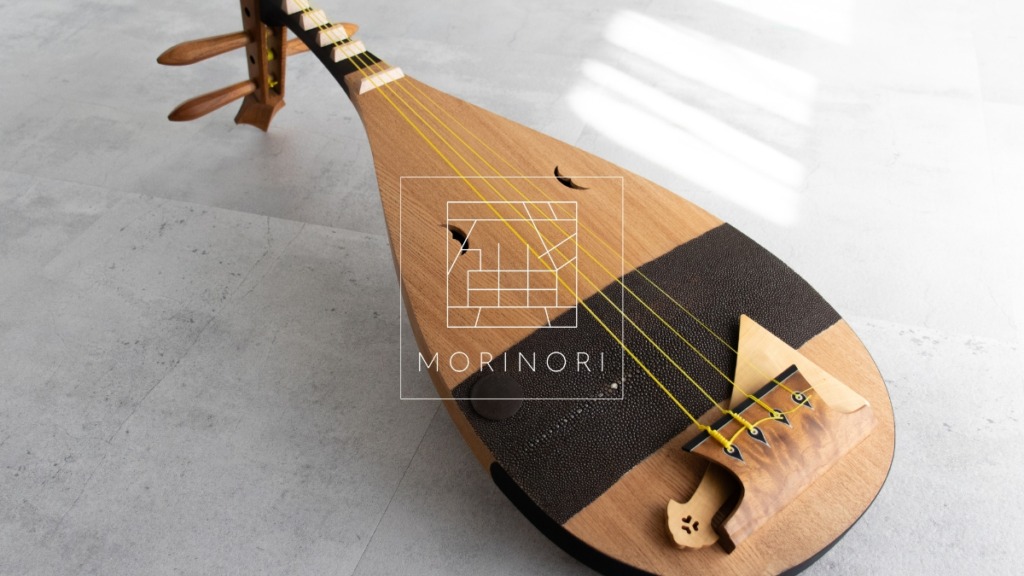
Heike biwa
The Heike biwa is a biwa that is held horizontally, and is used to tell the Tale of the Heike. Heikyoku, which was passed down orally or in written form (with musical notation), is told with the accompaniment of the Heike biwa. The Heike biwa is characterized by the fact that it is played gently before and after the verses. MORINORI uses the Heike biwa.
Satsuma Biwa and Chikuzen Biwa
The Satsuma Biwa and Chikuzen Biwa are biwa that are held vertically, and can be used to play pieces other than the Tale of the Heike. Each school of biwa singing adds its own melody to the Tale of the Heike. The performances are characterized by their dynamic and spectacular style.
For those who like or are interested in the biwa
If you have seen the Tale of the Heike on TV, or if you have seen the biwa featured in an anime, or if you are curious about the sound of the biwa, we recommend that you search for the name of the performer listed in the end credits of the program. Also, the biwa used to perform the Tale of the Heike is often not a Heike biwa, but a Satsuma biwa or Chikuzen biwa (there is also a lot of charm in the Tale of the Heike performed on a Satsuma biwa or Chikuzen biwa). If you visit the website of the Japan Biwa Music Association, the only organization in Japan that performs and promotes biwa music, you can find out about various types of biwa and upcoming concerts.
▶ Click here to visit the Japan Biwa Music Association website (you will be redirected)
Thank you for reading this far.
I hope we meet someday, somewhere.

